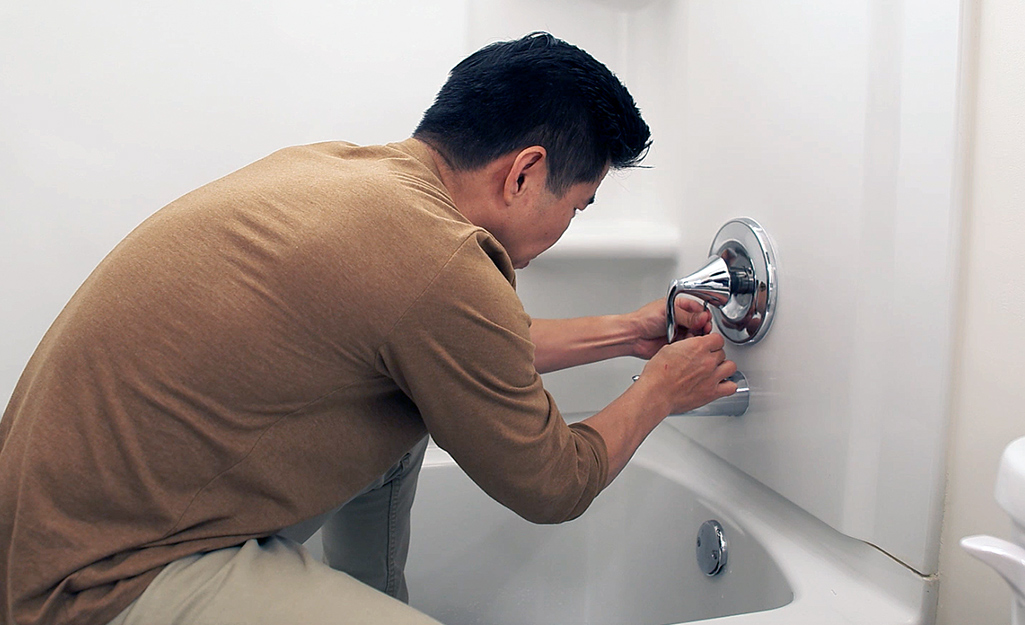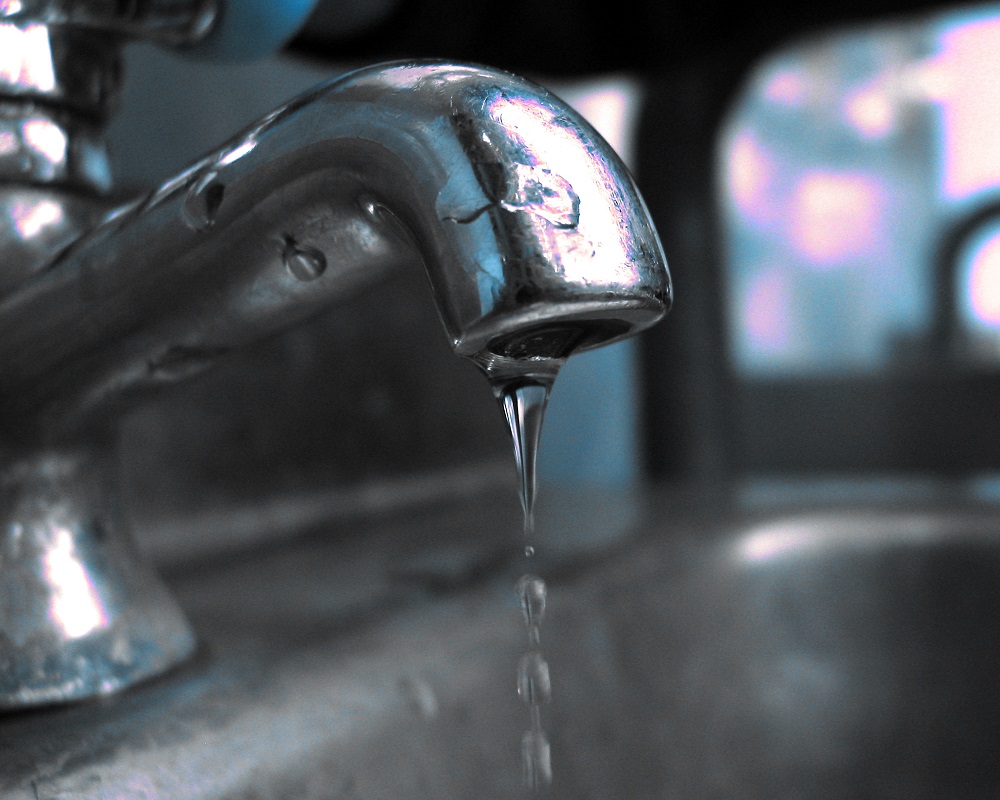Each person is bound to have their personal perception in relation to The Environmental Impact of Leaky Faucets.

Intro
A leaking faucet might appear like a minor aggravation, yet its repercussions prolong far beyond the occasional drip. Recognizing the results of a leaky tap is crucial for both property owners and the environment. In this post, we'll discover the numerous influences of this typical home concern and why addressing it promptly is vital.
Sources Of Leaky Faucets
Leaky faucets can result from a variety of factors, consisting of deterioration, high water stress, and deterioration. In time, the consistent use of taps can result in worn-out seals and gaskets, creating leaks to establish. Additionally, too much water stress can put stress on plumbing fixtures, leading to leaks. Deterioration and rust can also deteriorate faucet components, making them prone to leak.
Water Wastage
One of the most significant repercussions of a leaky faucet is water wastefulness. Even a small drip can add up to gallons of drainage over time. This not only increases water costs yet additionally contributes to water scarcity and environmental degradation. Dealing with leaking taps without delay is important for saving this valuable resource and reducing its influence on the world.
Financial Influence
In addition to wasting water, leaking taps can additionally have a substantial economic impact. Increased water expenses are a straight consequence of water wastefulness, costing house owners numerous dollars annually. Moreover, the cost of fixing water damage triggered by leakages can be significant, particularly if left ignored for an extensive duration.
Ecological Impact
The environmental effect of leaky taps expands beyond water wastefulness. By conserving water, home owners can contribute to more comprehensive efforts to reduce water scarcity and safeguard all-natural communities. Lasting alternatives such as rainwater harvesting and water-efficient components can further minimize the environmental footprint of house water use.
Technical Solutions
Improvements in modern technology have brought about the advancement of wise taps and water-saving devices that assist lessen water wastefulness. Smart faucets make use of sensing units to spot activity and change water circulation accordingly, minimizing waste without sacrificing benefit. Water-saving devices such as aerators and low-flow showerheads are also reliable in conserving water without compromising performance.
Worldwide Viewpoints
While dripping taps might appear like a local problem, they contribute to more comprehensive worldwide challenges such as water shortage and environment adjustment. In areas already facing water stress and anxiety, every drop counts, making leak avoidance and repair vital. By taking on water-saving practices and purchasing lasting technologies, property owners can play their part in dealing with these pressing international concerns.
Regulatory Actions
Government guidelines play a crucial function in minimizing the impact of dripping faucets and promoting water preservation. From developing codes that need water-efficient components to water-saving rewards and discounts, policymakers have a series of tools at their disposal. By executing and implementing these laws, governments can ensure that home owners prioritize water conservation in their every day lives.
Neighborhood Influence
Attending to leaking taps requires collective efforts at the neighborhood level. By elevating recognition regarding the value of water preservation and providing sources for leak discovery and repair, local authorities can empower home owners to do something about it. Efforts such as water-saving rebate programs and leakage discovery projects can incentivize habits modification and promote accountable water usage.
Situation Researches
Real-life instances of the influence of dripping taps underscore the importance of positive upkeep and prompt fixings. From water damages to escalating water bills, the effects of ignoring leaks can be serious. By sharing these study, home owners can better understand the relevance of resolving leaking taps immediately.
Educational Campaigns
Educational projects play a vital role in elevating understanding regarding the effects of leaky faucets and promoting water preservation methods. Through workshops, workshops, and on the internet resources, house owners can find out exactly how to find and fix leaks themselves. By equipping individuals with expertise and tools, academic campaigns can cultivate a culture of liable water usage within communities.
Wellness Worries
Leaky faucets can develop favorable settings for mold and mold development, presenting health and wellness dangers to passengers. The presence of mold can worsen respiratory system problems and allergies, especially in prone people. In addition, water damages resulting from leakages can compromise the architectural stability of structures and cause pricey repair work.
DIY vs. Professional Repair work
When confronted with a leaky faucet, house owners commonly question whether to try fixings themselves or hire a specialist plumber. While DIY repairs can save cash, they might not always address the underlying issue effectively. Specialist plumbing professionals have the proficiency and devices to detect and fix leakages correctly, making certain long-term services and comfort for homeowners.
Preventive Measures
Avoiding dripping taps requires routine maintenance and aggressive actions. Simple tasks such as changing damaged washing machines and seals can stop leaks from establishing. Additionally, updating to top quality fixtures and decreasing water pressure can aid extend the life expectancy of faucets and lessen the danger of leaks.
Conclusion
In conclusion, the effects of a leaking tap prolong far past the periodic drip. From water wastefulness and boosted water costs to wellness issues and ecological influence, the effects of ignoring leaks can be substantial. By attending to leaking taps promptly and embracing water-saving techniques, house owners can mitigate these impacts and add to a much more lasting future.
Why You Shouldn’t Ignore a Leaky Faucet in Your Home
What Causes a Leaky Faucet?
Various factors can cause a leak, from loose and worn-out parts to corrosion. Your faucet has four essential components from which most plumbing issues will stem: the O-ring, the valve seat, the washer and the gasket.
What Is an O-Ring?
The O-ring is a stem screw that fastens parts of the faucet in place, preventing water from leaking out of the spout. Depending on your faucet type, the stem might have multiple O-rings. Water will drip from the faucet’s handles and base if this part breaks or deteriorates.
What Is a Valve Seat?
The valve seat controls the flow and temperature of the water. Found at the base of the handle, it works as a seal for the faucet’s stem. The valve seat ensures the water is allowed to flow or is blocked as the handles dictate. You’ll know it’s malfunctioning when water leaks from your faucet’s sides.
What Is a Gasket?
The gasket is found between the water inlet and the valve stem. It creates a seal between the faucet and the sink, holding its joints by aerators attached to the stem’s head. Water will trickle out from the base if the gasket isn’t working.
What Is a Washer?
The washer secures the handles and prevents leakage, serving a similar purpose to the O-ring. While the O-ring is ordinarily round and made from an elastic material, such as rubber, the washer is square-shaped and composed of brass, copper and other hard metals. If it malfunctions, corrodes or has been improperly installed, water will leak out of the handles, causing that incessant faucet drip.
Why Is a Leaky Faucet Dangerous?
A leaky faucet left alone for too long can have significant consequences.
Pest Infestations
Since bugs and rodents gravitate towards the scent of water, a leaky faucet will draw pests to your sink. Both are looking for leaks accessible through crawl spaces, which a faucet provides. If you leave water dripping for too long, you run the risk of an infestation.
Rust
If one of the faucet parts has started to corrode, the resulting rust can spread to your pipes and valves with startling speed. The rust might even lead to cracks or other impairments, resulting in more severe plumbing issues.
Your sink could also sustain damage from a leaky faucet. The water in your tap possesses sparse elements of calcium and iron that can stain your sink with repeated and prolonged exposure. Once those elements in the water have been open to the air for some time, your sink will start to rust, creating marks that can be difficult to remove.
https://www.tomsmechanical.com/blog/why-you-shouldnt-ignore-a-leaky-faucet-in-your-home

I am just very eager about and I hope you enjoyed the entry. Are you aware of another person who is occupied with the subject? Be sure share it. We cherish your readership.